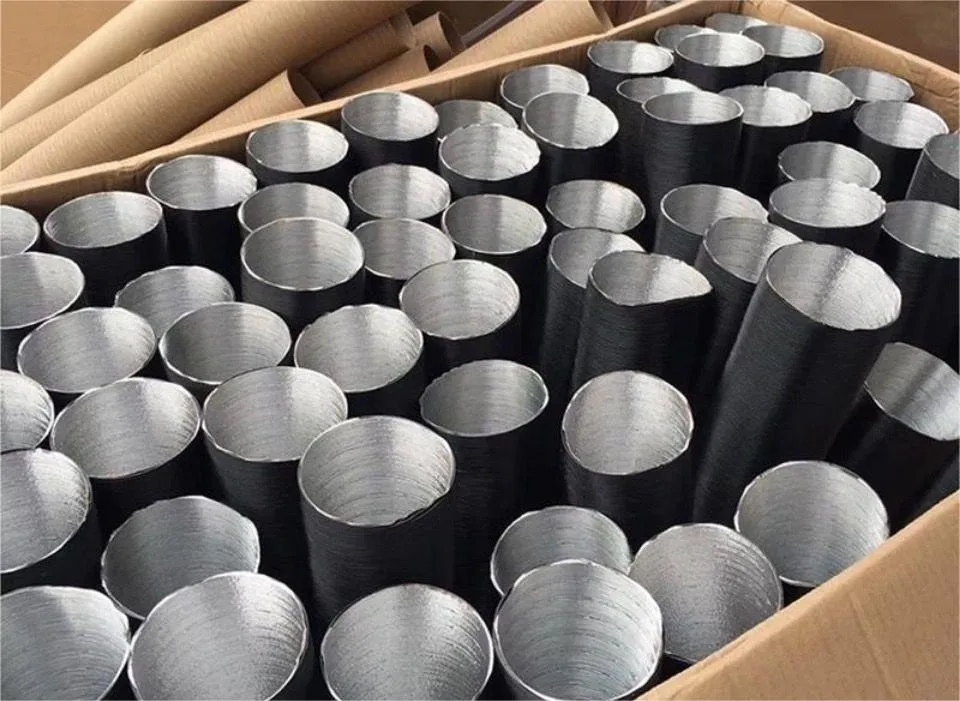reinforced vacuum hose
Understanding Reinforced Vacuum Hoses A Comprehensive Guide
Reinforced vacuum hoses play a vital role in various industries, including manufacturing, automotive, and even food processing. These hoses are designed to withstand high pressure and temperature, making them indispensable for tasks that involve the transfer of air, liquids, or even fine powders. In this article, we will explore the construction, applications, benefits, and maintenance of reinforced vacuum hoses.
Construction
Reinforced vacuum hoses typically consist of multiple layers that enhance their durability and performance. The inner layer is usually made of a flexible material, such as PVC or rubber, which is resistant to abrasion and wear. Surrounding this inner layer is a reinforcement mesh, often made of nylon or polyester, which provides structural integrity and resistance to crushing. Finally, an outer layer protects against environmental factors, such as UV rays, chemicals, and heat.
The combination of these materials allows reinforced vacuum hoses to maintain their shape and functionality even under challenging conditions. Additionally, they often feature smooth inner surfaces, minimizing friction and allowing for efficient airflow, which is critical in vacuum systems.
Applications
Reinforced vacuum hoses are used in a wide range of applications. In the automotive industry, for instance, they are commonly utilized in vacuum systems for braking and emissions controls. In manufacturing, these hoses are employed to transport materials, dust, and debris during various processes. Food processing facilities also use reinforced vacuum hoses to transfer ingredients and maintain hygiene standards, as they can be easily cleaned and sterilized.
reinforced vacuum hose

Moreover, reinforced vacuum hoses are essential in laboratory environments, where they enable the safe transport of volatile substances. Their ability to withstand high temperatures and pressures makes them ideal for industries that require precise handling and movement of materials.
Benefits
The advantages of using reinforced vacuum hoses are numerous. First and foremost, their reinforced structure greatly enhances their lifespan, reducing the frequency of replacements and associated costs. They are designed to handle extreme conditions, including high vacuum levels, which can be vital in specific processes. Additionally, their flexibility allows for easy maneuverability in tight spaces, ensuring that they can be integrated into various systems without difficulty.
Another significant benefit is their adaptability. Reinforced vacuum hoses come in various sizes and configurations, allowing users to select the ideal hose for their particular application. This versatility ensures optimal performance across different industries and tasks.
Maintenance
To ensure the longevity and efficiency of reinforced vacuum hoses, regular maintenance is essential. Users should periodically inspect hoses for signs of wear and tear, such as cracks or bulges, which could indicate potential failure. Keeping hoses clean is also crucial; debris and buildup can impede airflow and reduce effectiveness. Additionally, it is important to ensure that connections are secure and leak-free to maintain optimal vacuum levels.
In conclusion, reinforced vacuum hoses are a critical component in many industrial applications. Their robust construction, wide range of uses, and numerous benefits make them an excellent choice for anyone in need of reliable fluid or air transport solutions. By understanding their features and maintaining them properly, users can maximize the efficiency and lifespan of these essential tools in their operations.
-
Top Quality Oxy Acetylene Hoses for Sale Fit for Welding DemandsNewsJul.28,2025
-
The Future of Pneumatic Air Tubes in IndustryNewsJul.28,2025
-
Superior and Reliable LPG Hose Pipe Solutions for Every NeedNewsJul.28,2025
-
Exceptionally Durable and Versatile Premium Braided PVC TubingNewsJul.28,2025
-
Best Adapters for Connecting Garden Hose to PVC Pipe ConnectionsNewsJul.28,2025
-
The Essential Role of LPG Hoses in Safe and Efficient Gas DistributionNewsJul.16,2025














